Your cart is currently empty!
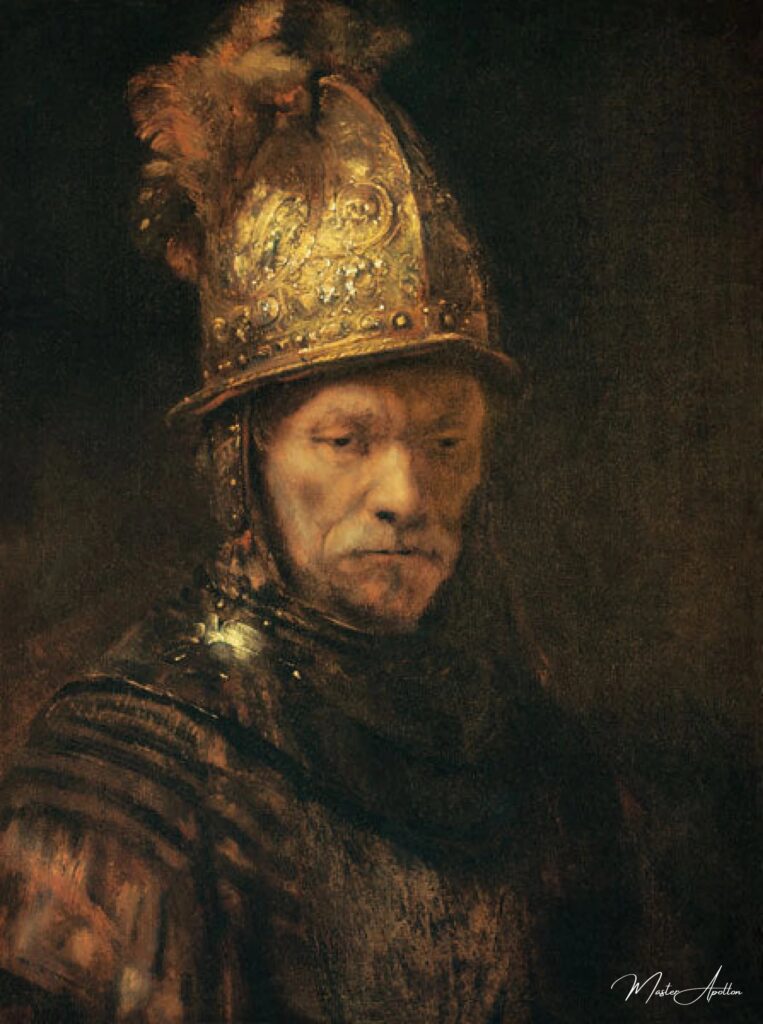
The Man with the Golden Helmet – Rembrandt van Rijn
This oil painting reproduction of “The Man with the Golden Helmet” by Rembrandt van Rijn is a masterpiece that transports you to a world of elegance and sophistication. With its highest quality materials and meticulous attention to detail, this reproduction captures the essence of the original artwork in stunning clarity.
Every brushstroke in this piece is a testament to exceptional craftsma…
The Man with the Golden Helmet: A Masterpiece Beyond Attribution
The Man with the Golden Helmet is an enigmatic 17th-century oil-on-canvas painting long attributed to the Dutch master Rembrandt van Rijn. Painted around 1650 and currently housed in the Gemäldegalerie in Berlin, this artwork encapsulates the dramatic use of light and shadow that characterizes Dutch Golden Age painting. While no longer believed to be the work of Rembrandt himself, the painting remains a compelling testament to the skill of his students and the artistic legacy of one of the most important periods in art history.
The Mastery of Light and Shadow
One of the most striking features of The Man with the Golden Helmet is its mastery of chiaroscuro, the use of stark contrasts between light and dark to create a sense of volume and depth. This technique, popular during the Dutch Golden Age, was perfected by Rembrandt and his students. In this particular painting, the light dramatically falls on the central element of the composition—the golden helmet—rendered in thick impasto. The metallic gleam of the helmet draws the viewer’s eye, creating a sense of grandeur and regality.
The light that illuminates the helmet also subtly touches the elderly man’s face, which, along with the background, recedes into shadow. The play of light and dark creates an almost theatrical atmosphere, hinting at an internal narrative while leaving much to the viewer’s imagination. This effect, while characteristic of Rembrandt’s style, is also indicative of the broader trends in Dutch Golden Age painting, where realism and the meticulous use of light were central to artistic expression.
A Case of Mistaken Authorship
For many years, The Man with the Golden Helmet was considered one of Rembrandt’s masterpieces. The painting’s expressive use of light, the careful attention to detail, and the psychological depth suggested the hand of the master himself. However, in 1984, art experts began to question this attribution. A Dutch curators’ commission examined the painting and noted stylistic inconsistencies that set it apart from Rembrandt’s known body of work. These doubts were confirmed the following year by art historian Jan Kelch, who concluded that the painting was likely produced by a member of Rembrandt’s circle, perhaps one of his talented students.
Kelch’s research focused on the details of the painting that did not align with Rembrandt’s technique, such as the treatment of certain textures and the approach to composition. He noted that while the painting was clearly executed by a highly skilled artist, it lacked the subtlety and nuance of Rembrandt’s own work. Despite this, Kelch emphasized that the painting was not a forgery, stating: “It is not a fake. It remains a great masterful work.”
The reattribution of the painting does not diminish its value or artistic merit. Instead, it offers a glimpse into the complex relationships between master and student in 17th-century Dutch studios. Rembrandt was known for his influence on his pupils, many of whom went on to become accomplished artists in their own right. The Man with the Golden Helmet may not have been painted by Rembrandt himself, but it demonstrates the mastery of the techniques he imparted to his students.
Historical Context: The Dutch Golden Age
The Man with the Golden Helmet is a product of the Dutch Golden Age, a period spanning the 17th century when the Netherlands was at the height of its cultural, economic, and political power. This era saw the rise of a wealthy merchant class, who became important patrons of the arts. As a result, Dutch artists were able to experiment with new forms of expression and push the boundaries of realism in their work.
One of the hallmarks of Dutch Golden Age painting was a focus on ordinary people and everyday life, in contrast to the religious and mythological themes that dominated the art of southern Europe. However, portraiture also remained an important genre, and it is within this tradition that The Man with the Golden Helmet can be situated. The subject of the painting, an elderly man wearing an ornate golden helmet, is rendered with a level of detail and realism that speaks to the artistic trends of the time. The painting’s use of light and shadow, combined with its focus on the human figure, makes it a quintessential example of the period’s artistic achievements.
The Power of a Helmet
The golden helmet is the painting’s most prominent feature, overshadowing the man’s partially obscured face. The helmet, adorned with earpieces and a feather plume, is lavishly depicted, symbolizing wealth, power, and perhaps even military honor. The light that falls on the helmet contrasts sharply with the dark background, emphasizing its importance and drawing attention to its intricate details. This focus on a single object as the center of the composition is a powerful technique, one that gives the painting its arresting quality.
Art historian Hofstede de Groot, who first documented the painting in 1915, remarked on the dramatic interplay of light in his detailed description. He wrote, “Strong light falls from the left at top on the helmet and, touching the face as it passes, on the breast.” This observation highlights the painter’s sophisticated use of light to create depth and guide the viewer’s gaze. De Groot also mistakenly identified the sitter as Rembrandt’s brother Adriaen, further contributing to the long-standing confusion surrounding the painting’s authorship.
Attribution Debates and Rembrandt’s Circle
The debate over the attribution of The Man with the Golden Helmet is part of a broader trend in art history, where advances in technology and scholarship have led to the reexamination of many works previously attributed to famous artists. In the case of Rembrandt, whose studio was one of the most prolific in the Dutch Golden Age, many paintings once thought to be by his hand are now believed to be the work of his students or followers.
Rembrandt was known for his innovative teaching methods and had a large workshop where he trained numerous students. These students would often produce copies of his works or create their own paintings in his style. It is not uncommon for paintings from this period to have been initially attributed to Rembrandt, only for later research to reveal that they were the work of his talented pupils. The Man with the Golden Helmet is a perfect example of this phenomenon, offering valuable insight into the artistic processes of Rembrandt’s studio.
Conclusion: A Masterpiece, Regardless of Attribution
Though no longer believed to be the work of Rembrandt himself, The Man with the Golden Helmet remains a masterpiece of 17th-century Dutch painting. Its dramatic use of light and shadow, combined with its enigmatic subject matter, makes it a captivating piece of art. The painting’s uncertain authorship only adds to its mystique, inviting viewers to contemplate the complex relationships between master and student in the world of Dutch Golden Age art.
Whether painted by Rembrandt or one of his skilled students, The Man with the Golden Helmet continues to fascinate art lovers and scholars alike. As Jan Kelch remarked, “It is not a fake. It remains a great masterful work.” Indeed, the painting’s beauty and technical prowess ensure its place as one of the gems of the Gemäldegalerie’s collection, a testament to the enduring legacy of Rembrandt and his circle.
Rembrandt van Rijn
Rembrandt van Rijn, a Dutch master of the Baroque period, is renowned for his profound ability to capture the depth of human emotion and intricate play of light and shadow in masterpieces like The Night Watch and The Return of the Prodigal Son, leaving an indelible mark on the world of art.
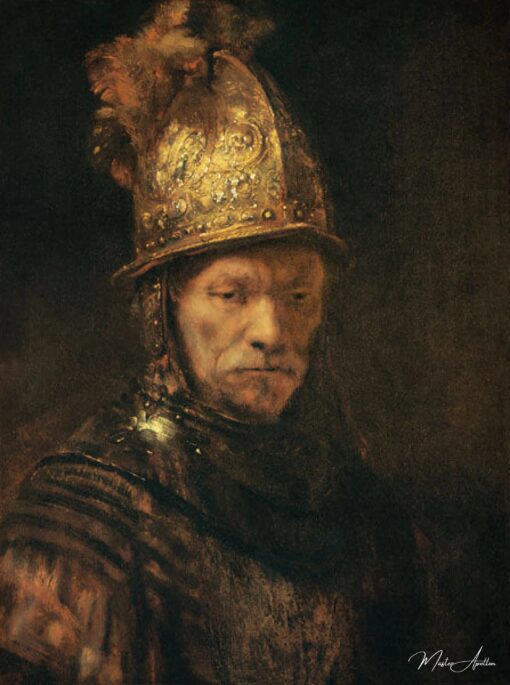
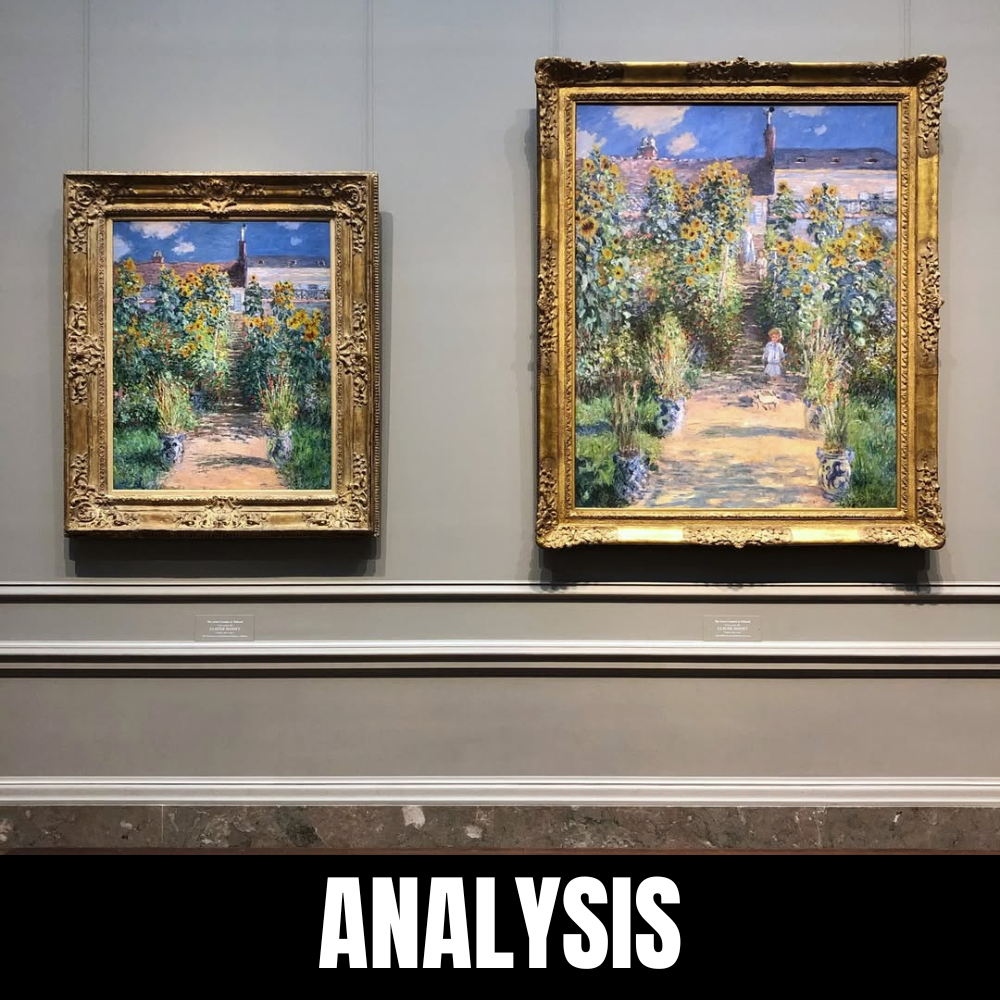
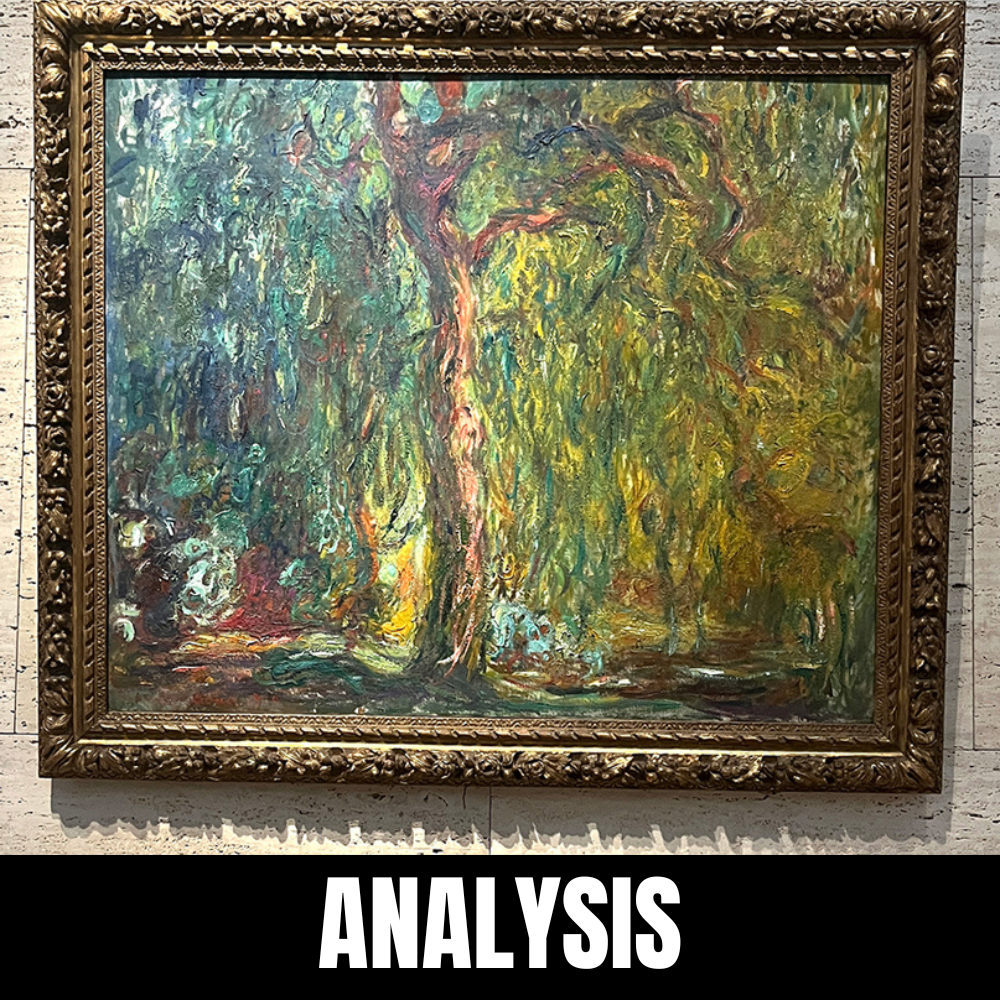
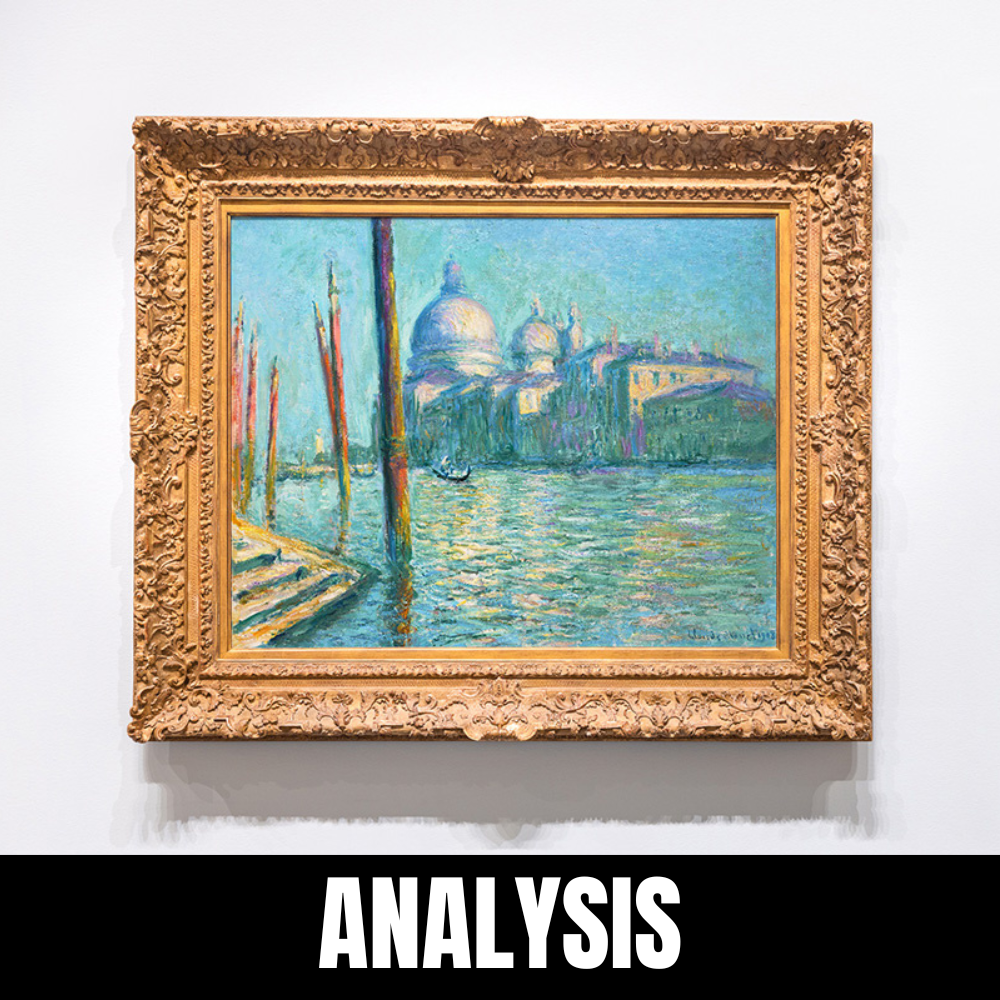
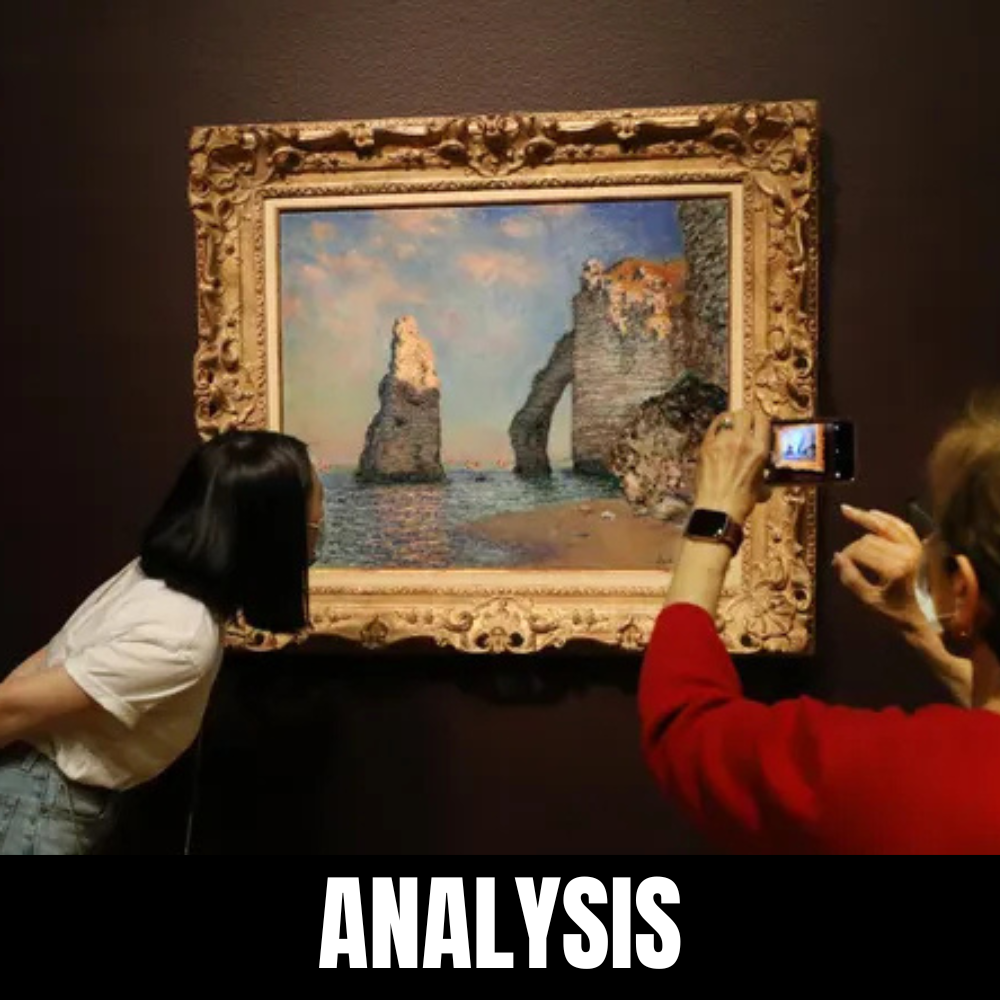
Leave a Reply